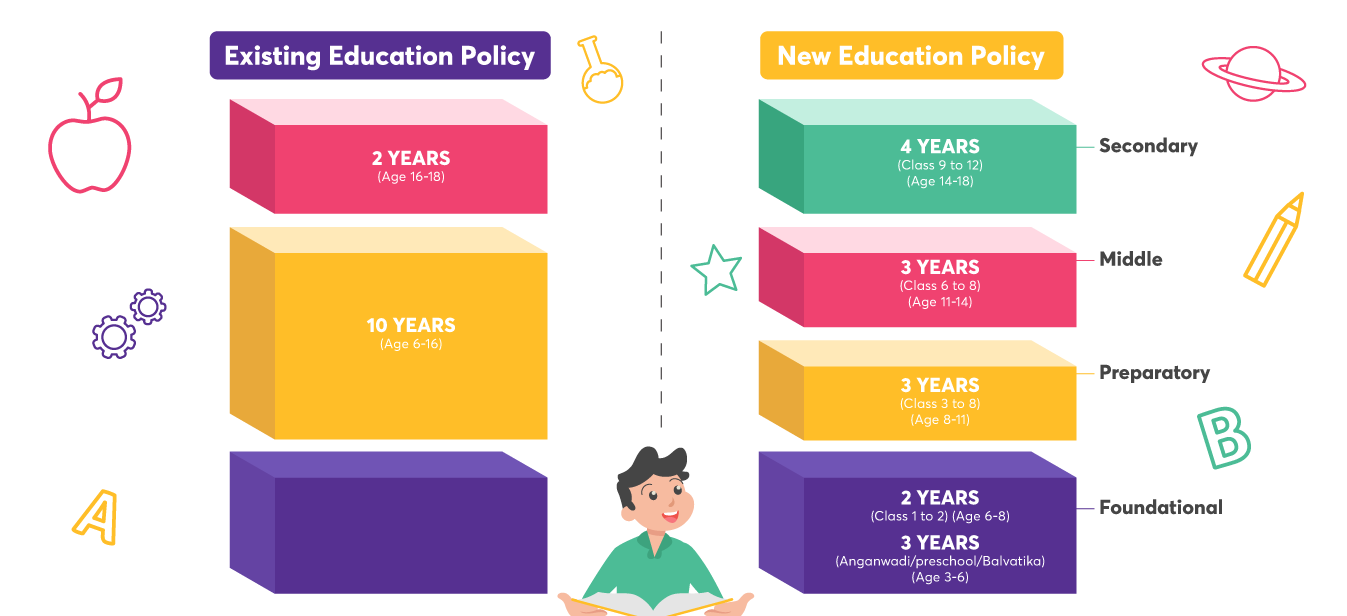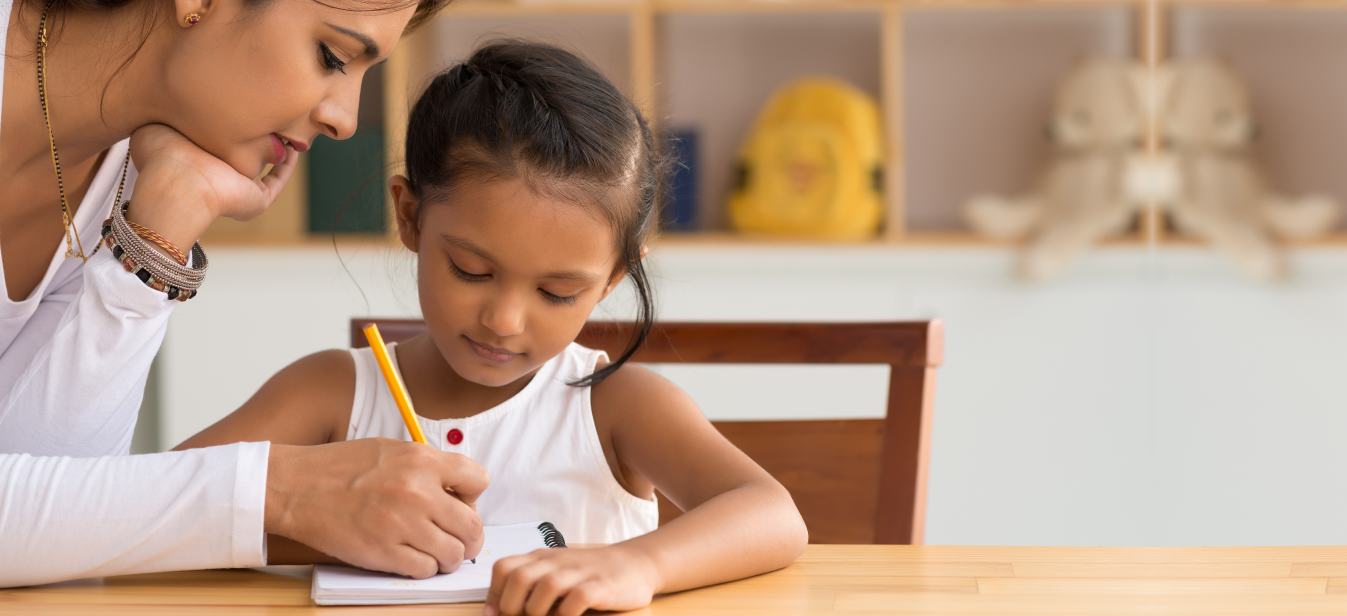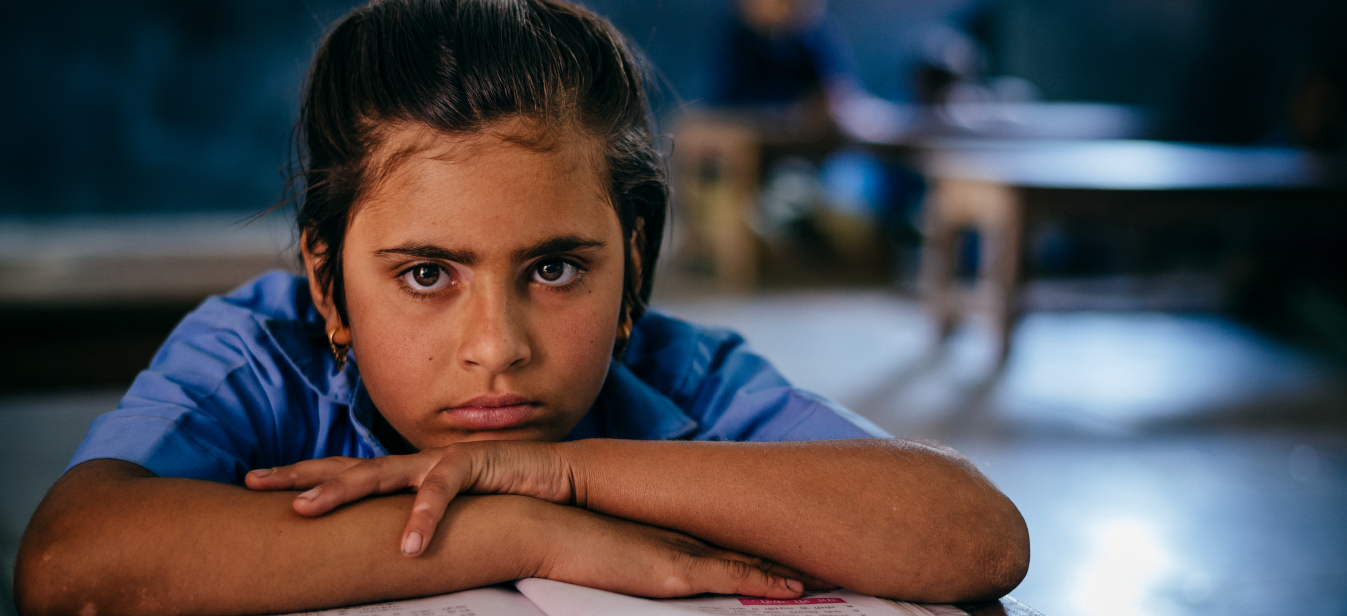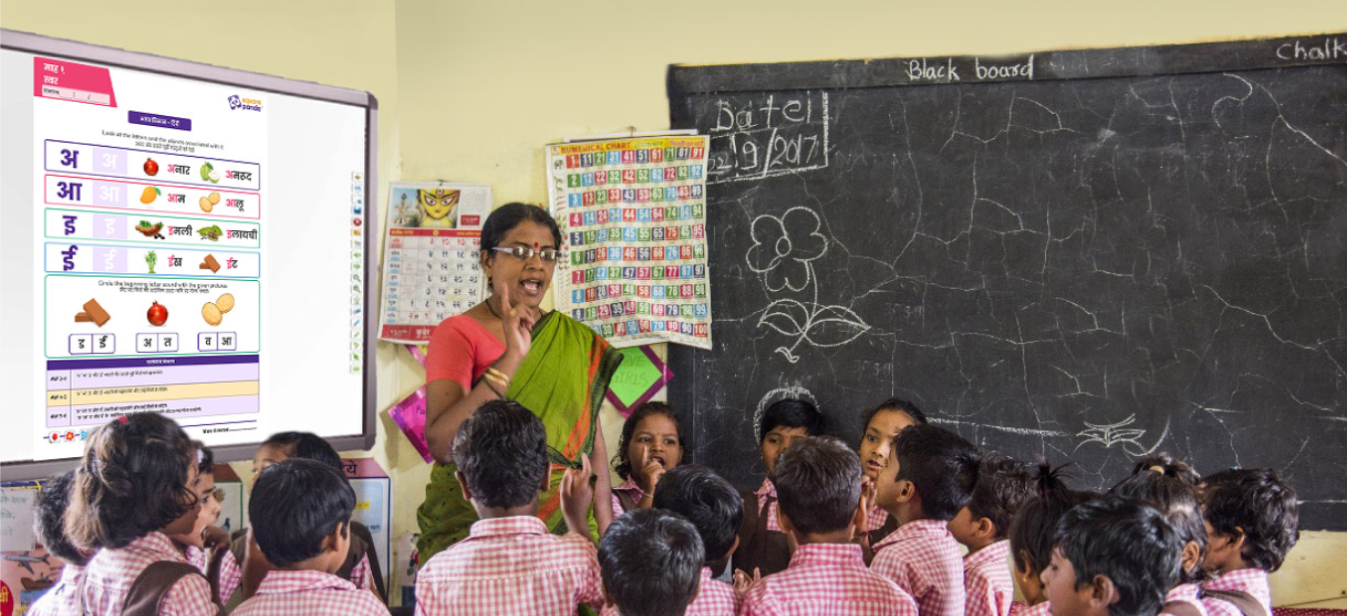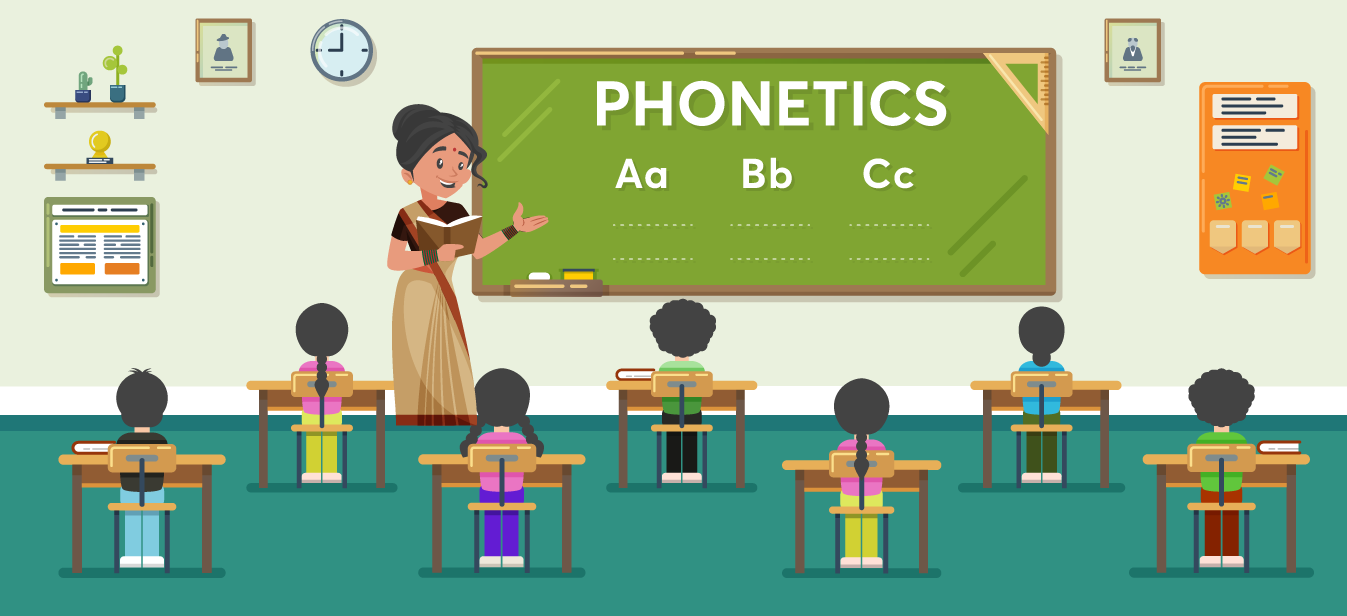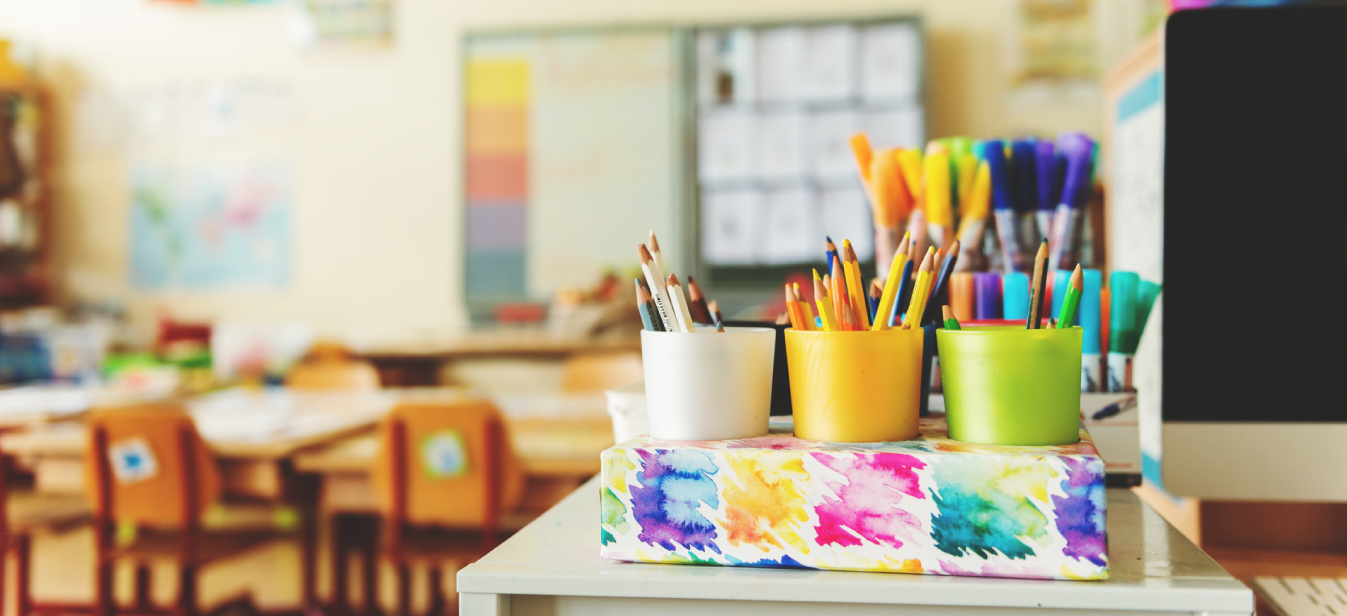In recent years, particularly following the pandemic, there has been a significant shift in the school education landscape as technology-based learning solutions have gained importance. New Education Policy 2020 has also adapted to these changes by introducing a revised grade structure for school students. Under this new system, students will only be required to take examinations in Classes 3, 5, and 8.
📖The 5+3+3+4 Formula
The new policy aims to provide a uniform and inclusive transition from pre-school to higher education. Under this system, the duration of a student’s schooling remains the same, but it involves restructuring the current 10+2 system into a 5+3+3+4 format. It divides the school education period into four stages:
- The first stage includes five years of foundational learning that begins at the age of three. It consists of three years of pre-primary education, followed by two years of primary education, i.e., grades 1 & 2.
- The second stage is three years of preparatory education that includes classes 3 to 5. This stage focuses on developing a solid foundation in subject-specific knowledge and essential skills such as critical thinking, problem-solving, and communication.
- The third stage is another three years of middle education that includes classes 6 to 8. This stage aims to provide a holistic and multidisciplinary education that encourages creativity, innovation, and the exploration of diverse subjects.
- The fourth and final stage is four years of secondary education, which includes grades 9 to 12. This stage prepares students for higher education or vocational education, focusing on specialized knowledge and skills.
📖Benefits of 5+3+3+4 Education Policy
The transition from Anganwadis and playschools to formal education is a significant challenge in India. Providing children with a strong foundation at the basic level is crucial for their continuous learning and future academic success. This requires a comprehensive approach focusing on early childhood care and education, including access, affordability, and quality. Implementing the 5+3+3+4 education system will address these challenges and provide children with more consistent and inclusive growth.
With this new format, the board exams will be simplified and designed to evaluate students’ essential competencies rather than rote memorization. The focus will be on assessing the application of core concepts and knowledge, making examination patterns more practical and relevant. This approach aims to reduce stress and anxiety among students and encourage them to develop critical thinking, problem-solving, and analytical skills.
As the new format emphasizes multidisciplinary education and provides the freedom to choose subjects in middle school, vocational guidance will play a crucial role in guiding students toward the best possible career paths. By eliminating the traditional streams of arts, commerce, and science, the new system will enable students to choose subjects that align with their interests and career goals. As a result, schools will be able to help students explore their options, understand the job market trends, and make informed decisions about their future.
The new 5+3+3+4 structure not only aims to revolutionize the Indian education system but also aims to bring about a shift in the mindset of parents toward their children’s career choices. The current system often puts undue pressure on children to pursue conventional careers considered safe and lucrative. However, by introducing multidisciplinary education and allowing students to choose their preferred subjects at an early stage, the NEP 2020 hopes to create a more inclusive and diverse education system that recognizes and supports a variety of career paths. This will help parents understand the importance of allowing children to follow their interests and passions, thus leading to a more fulfilling and satisfying career for the child.
📖The Bottom Line
The shift from the traditional 10+2 education system to the 5+3+3+4 structure presents a plethora of opportunities for students to grow and excel. Square Panda India supports this student-centric and personalized learning experience, as it enables students to develop a deeper understanding of the subject matter and become well-rounded individuals. Moreover, by aligning itself with global standards and best practices, this new education policy in India is crucial to building a brighter and more prosperous future for the country.

